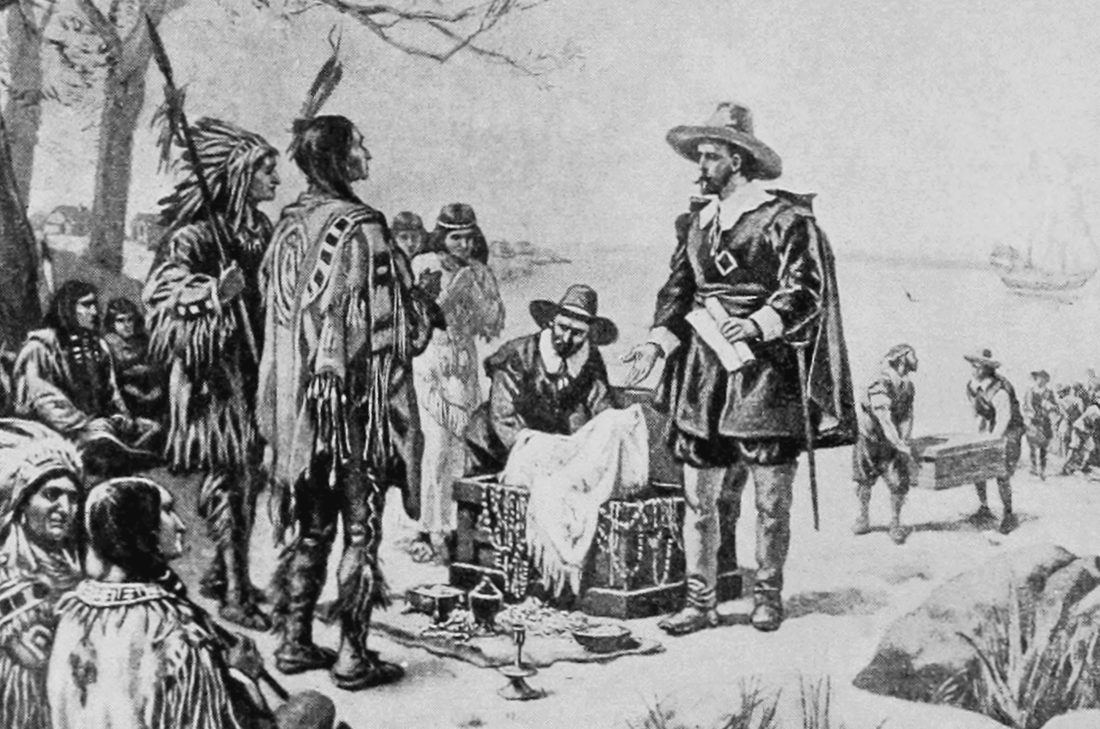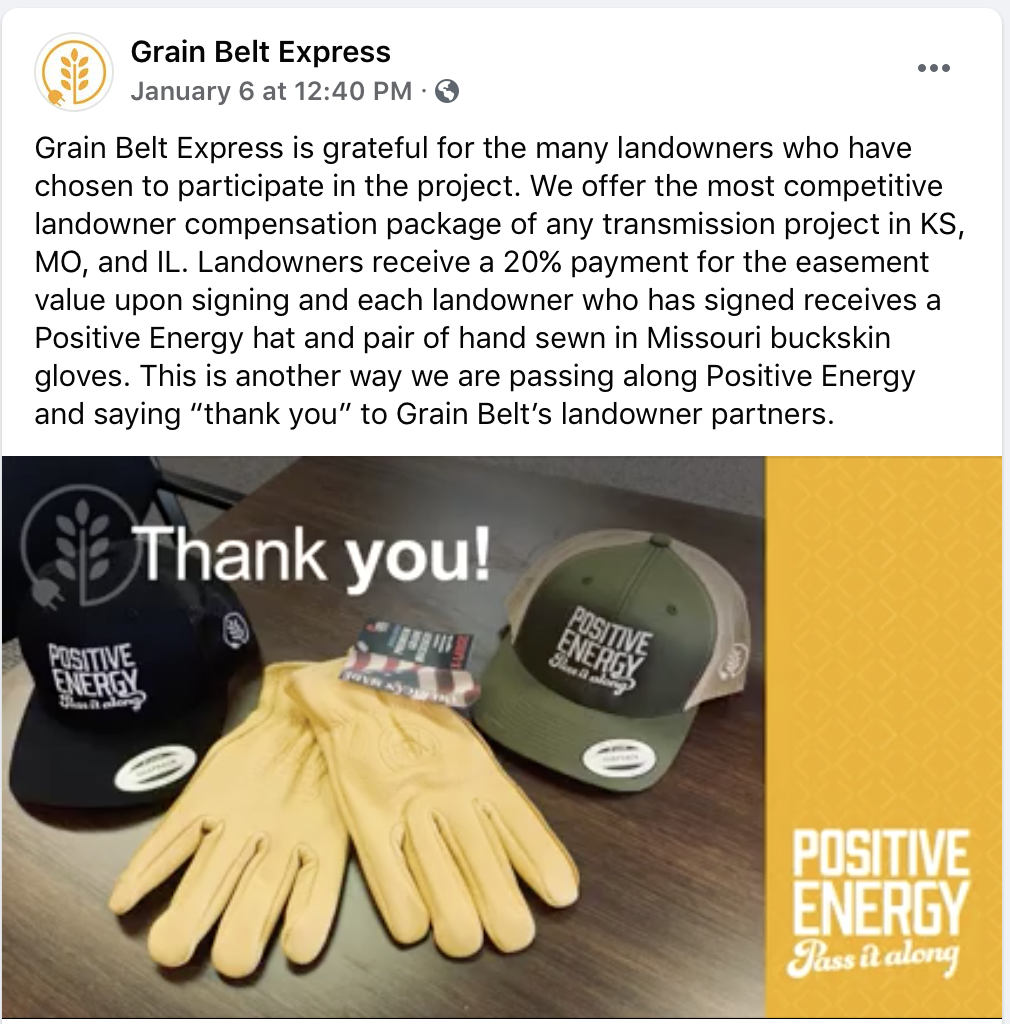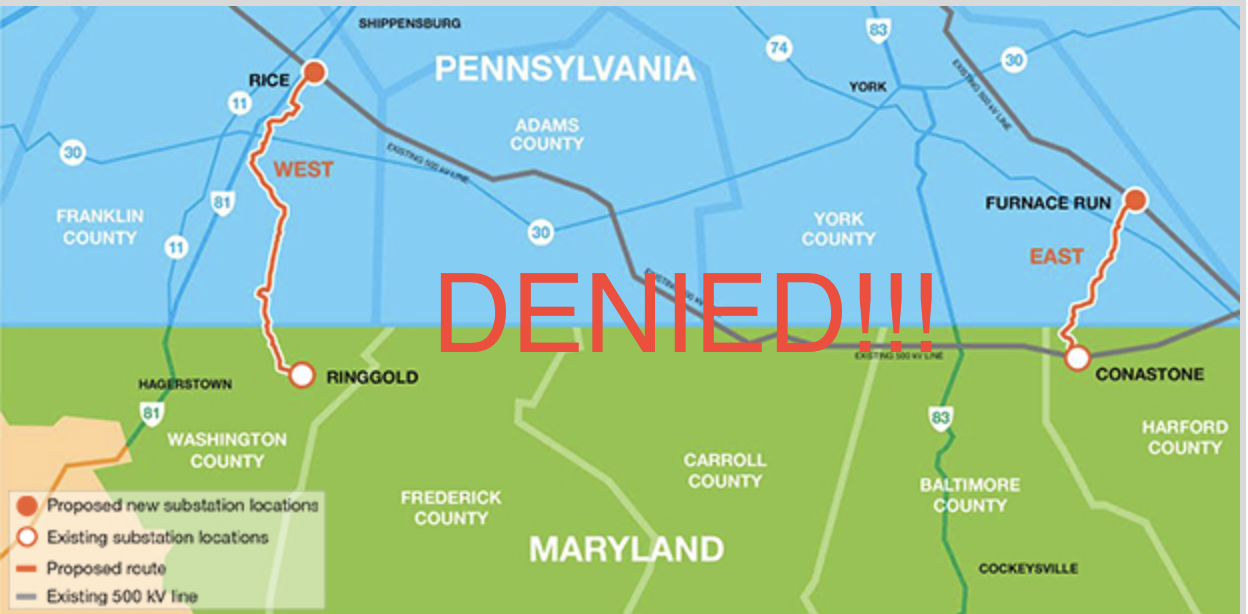... some lawmakers in Missouri disagree. They’ve repeatedly played political games and tried to make up new laws to target this specific project.
Their efforts are anti-progress, anti-business, and have failed every time. They’ve failed because the 39 communities affected by the project know a good deal when they see one.
Other communities are affected by the project, not the 39 who are party to MJMEUC's "good deal." The 39 communities on the receiving end of GBE's below cost pricing know a good deal when they see one, however they simply don't care who has to suffer to make their "good deal" possible. It's kind of like finding a cash-stuffed wallet on the sidewalk, picking it up, and making absolutely no effort to find its owner. Finders keepers, right? Having such a "good deal" dumped in your lap comes with blinders to the misfortune of others? Is that what Missouri wants to show everyone? Morally bankrupt opportunistic "good deals"?
Anyhow, I hear the committee hearing went well for the landowners who attended and spoke to protect their property rights. Keep up the good fight!
P.S. Yes, I know the op-ed is full of other misinformation, but honestly it's not worth writing about. Nobody believes any of it.






 RSS Feed
RSS Feed